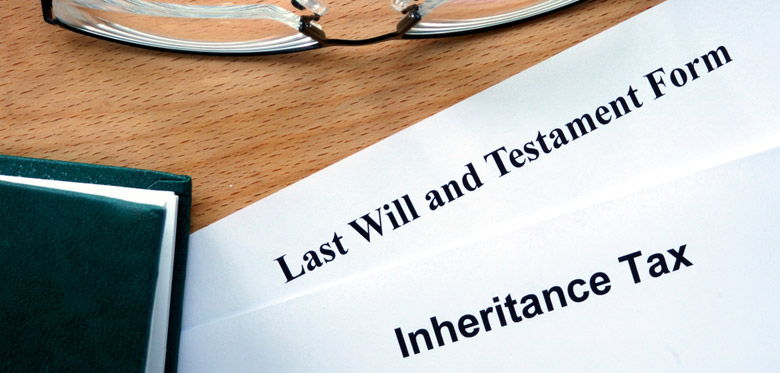HMRC has released its latest publication on inheritance tax statistics. It shows that revenues continue to increase in respect of a tax which some consider to be unfair.
HMRC collected a total of £5.2bn of inheritance tax in 2017-18. This is an 8% increase over the previous tax year and shows a continued trend of increasing revenue, which has been the case since 2009-10 when just £2.4bn of inheritance tax was collected. Equally the percentage of estates that are subject to an inheritance tax liability has increased. In 2015-16 (the latest figure currently available), 4.2% of estates were liable to inheritance tax, whereas less than 3% of estates attracted an inheritance tax liability in 2009/10.
There are two main factors affecting this, which are acknowledged by HMRC in their publication. Firstly we have generally seen an increase in property values during this period. We have also not seen any increase in the nil-rate band, being the allowance of value in your estate that is not subject to inheritance tax, since April 2009. Currently this nil-rate band is £325,000 per person.
The Government has attempted to address this with the introduction in April 2017 of the residence nil-rate band, which is an additional tax-free allowance where qualifying property passes onto certain relatives. This is currently £125,000 per person and is set to rise to £175,000 per person by 2020/21. The published guidance on this topic is very complex however and it is clear that persons not seeking professional advice on this issue could easily be caught out by the rules surrounding this.
It is difficult to say currently how much of an impact this has had on mitigating inheritance tax for families, a long-standing intention of the Conservative Party. We will have to see in the coming years whether it has had any significant impact on the percentage of estates that are subject to an inheritance tax liability, though the growth in inheritance tax revenue does not appear to have slowed by the introduction of this additional allowance.
I would question whether this is due to a lack of effectiveness in the allowance compared with the growth in estate values or whether personal representatives are put off attempting to claim the allowance due to the complex forms required and the unclear HMRC guidance currently available. This is clearly a cause for concern for many people, who would not want to see their estates depleted by inheritance tax that could be mitigated in many ways.
Three steps to mitigate inheritance tax liability
Whilst there are many steps to consider in mitigating inheritance tax that are dependent upon your circumstances, I would suggest considering the following three simple steps towards mitigating your inheritance tax liability and ultimately saving you money:
1. Gift allowances
Gifts made in the seven years before you pass away are included in the value of your estate for inheritance tax purposes. Gifts of up to £3,000 per tax year and small gifts not exceeding £250 per person per tax year are excluded for inheritance tax purposes however. In addition, any unused annual allowance can be rolled forward up to one tax year. Gifts to charities, political parties or certain clubs are also exempt, irrespective of when they took place. Lastly, you can gift £5,000 on the marriage of a child, £2,500 to a grandchild or great-grandchild and £1,000 to any other person and these will also be disregarded even if they have taken place within seven years of the death.
2. Review your Will
Your Will may make provisions which are no longer efficient for inheritance tax purposes and we would strongly recommend that your Will be reviewed every two years or on a significant occasion such as marriage, divorce or on the birth or death of a family member, friend or loved one. Planning what was efficient previously may now have terrible consequences, such as the loss of your residence nil-rate band.
3. Review your pension/life insurance arrangements
These can often be useful tools for inheritance tax planning. We have the benefit of having experience with lots of financial advisers and can therefore recommend the best professionals to assist you depending on your situation. Inheritance tax planning is best approached by various professionals who can work together and each contribute to their relevant area of specialism in order to best meet your needs.
There are of course many further aspects to inheritance tax planning and it continues to affect more and more families. I have had families distraught at the prospect of selling the family home, which in some cases could have been avoided with some forward planning.
To find out more about inheritance tax or to speak to us about making a Will, contact us on 01616 966 229.



Comments